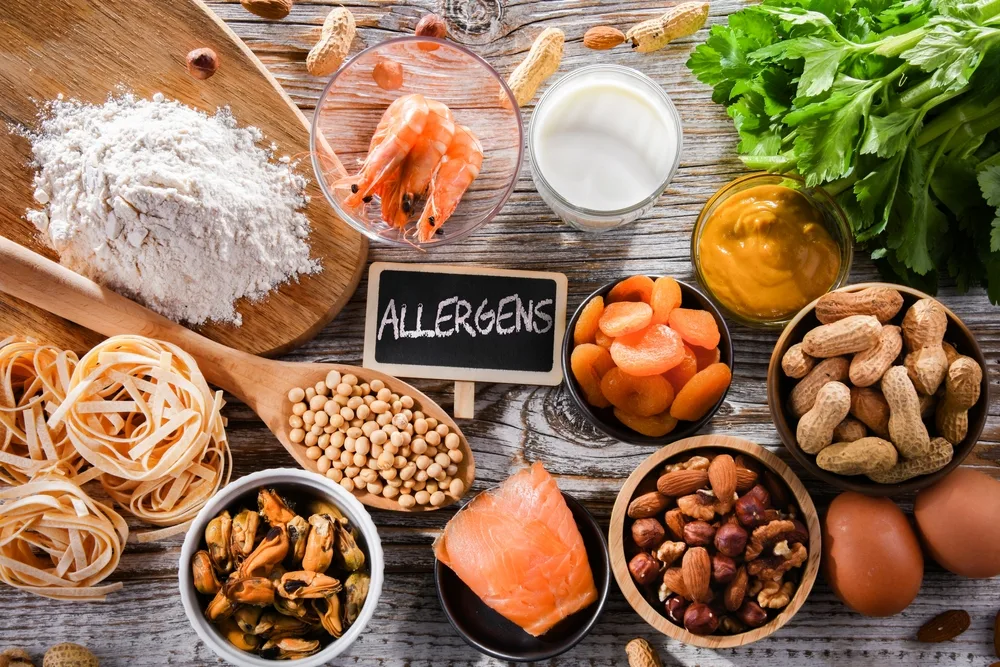
When most of us think about preventive health, we focus on the obvious players—exercise, nutrition, sleep, and routine screenings. But there’s a quieter, often-overlooked factor working against those healthy habits: what your food is packaged in, and what’s added to it.
From endocrine-disrupting chemicals that leach from plastic containers to preservatives and artificial dyes linked to chronic inflammation, the substances that surround and enhance our food may have long-term health consequences we’re only beginning to understand.
Packaging: More Than Just a Wrapper
Food packaging isn’t neutral. Plastics, cans, and even some paper-based containers can introduce harmful chemicals into your food. The most well-known culprit is BPA (bisphenol A), a compound found in some plastics and the linings of metal cans. BPA mimics estrogen in the body and has been linked to:
- Hormonal imbalances
- Increased risk of certain cancers
- Reproductive issues
- Metabolic disorders
While many companies have moved toward “BPA-free” labels, some of the substitutes (like BPS or BPF) may not be much safer.
Even beyond BPA, studies show that phthalates—plasticizers used to make packaging flexible—can migrate into fatty or processed foods. These chemicals have been linked to insulin resistance, developmental issues in children, and disruptions in thyroid function.
What you can do:
- Choose fresh or frozen foods over canned whenever possible.
- Store food in glass or stainless steel containers, especially if reheating.
- Avoid microwaving food in plastic.
- Limit consumption of highly processed, packaged foods where exposure is more likely.
Additives: Shelf Life vs. Your Health Span
Additives are used to preserve texture, flavor, color, and longevity—but they can also quietly chip away at your preventive health goals. Some of the most common concerns include:
- Nitrates and nitrites, often used in processed meats, have been linked to higher cancer risk, especially colorectal cancer.
- Artificial food dyes like Red 40 and Yellow 5 have shown potential links to behavioral issues in children and may promote inflammation in sensitive individuals.
- Emulsifiers, such as polysorbate 80 and carboxymethylcellulose, which improve texture in ice cream and sauces, have been shown in animal studies to disrupt gut bacteria and contribute to inflammation.
- Preservatives like BHA and BHT are under continued scrutiny for their potential to act as endocrine disruptors.
What you can do:
- Read labels, even on seemingly “healthy” products.
- Opt for items with short, recognizable ingredient lists.
- Limit consumption of deli meats, snack foods, and ultra-processed meals.
Gut Check: Your Microbiome Doesn’t Like These Either
Many food additives and packaging-related chemicals may negatively affect your gut microbiome—the ecosystem of bacteria in your digestive tract that plays a vital role in immune function, mental health, and chronic disease prevention. A disrupted microbiome can undermine your best efforts at preventive care, leading to inflammation, poor nutrient absorption, and increased vulnerability to illness.
A Quiet Shift with Big Payoff
You don’t need to overhaul your entire pantry overnight. But being mindful of what your food is touched by—not just what’s in it—can be a powerful step toward preventive health. Small shifts, like choosing fresh over packaged or storing leftovers in glass, help limit your exposure to hidden risks that don’t belong in a prevention-focused lifestyle.
By Admin –



